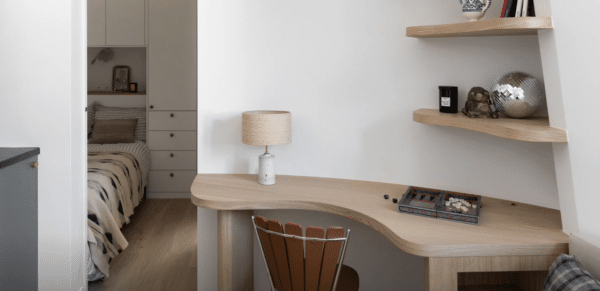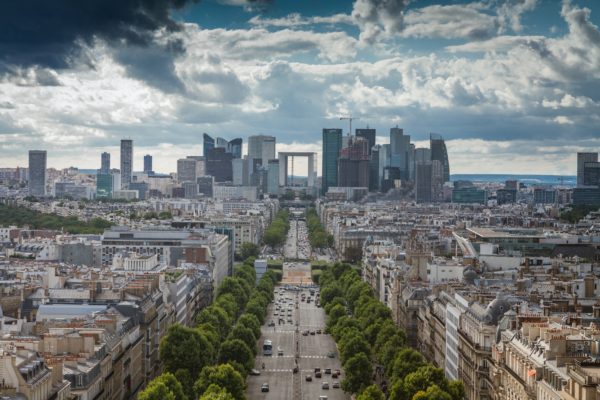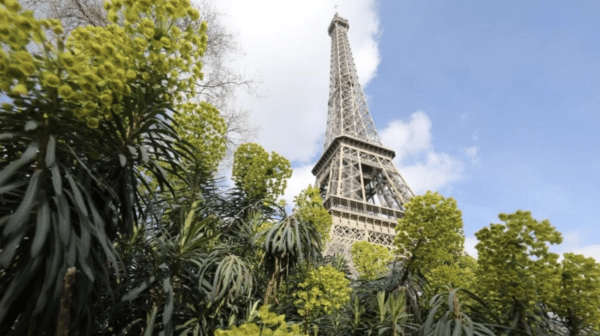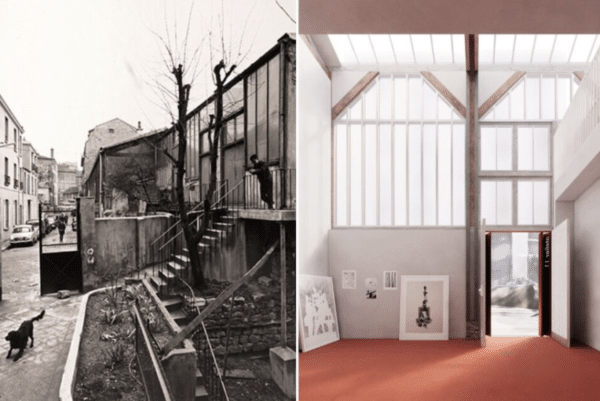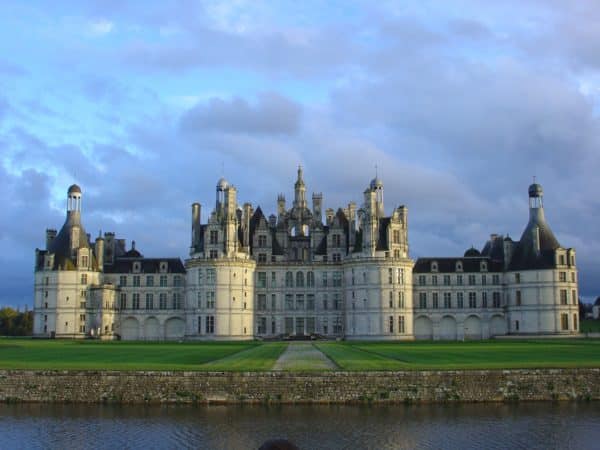This Paris Life
Expert Insight, Breaking News, and Insider Stories on Real Estate in Paris
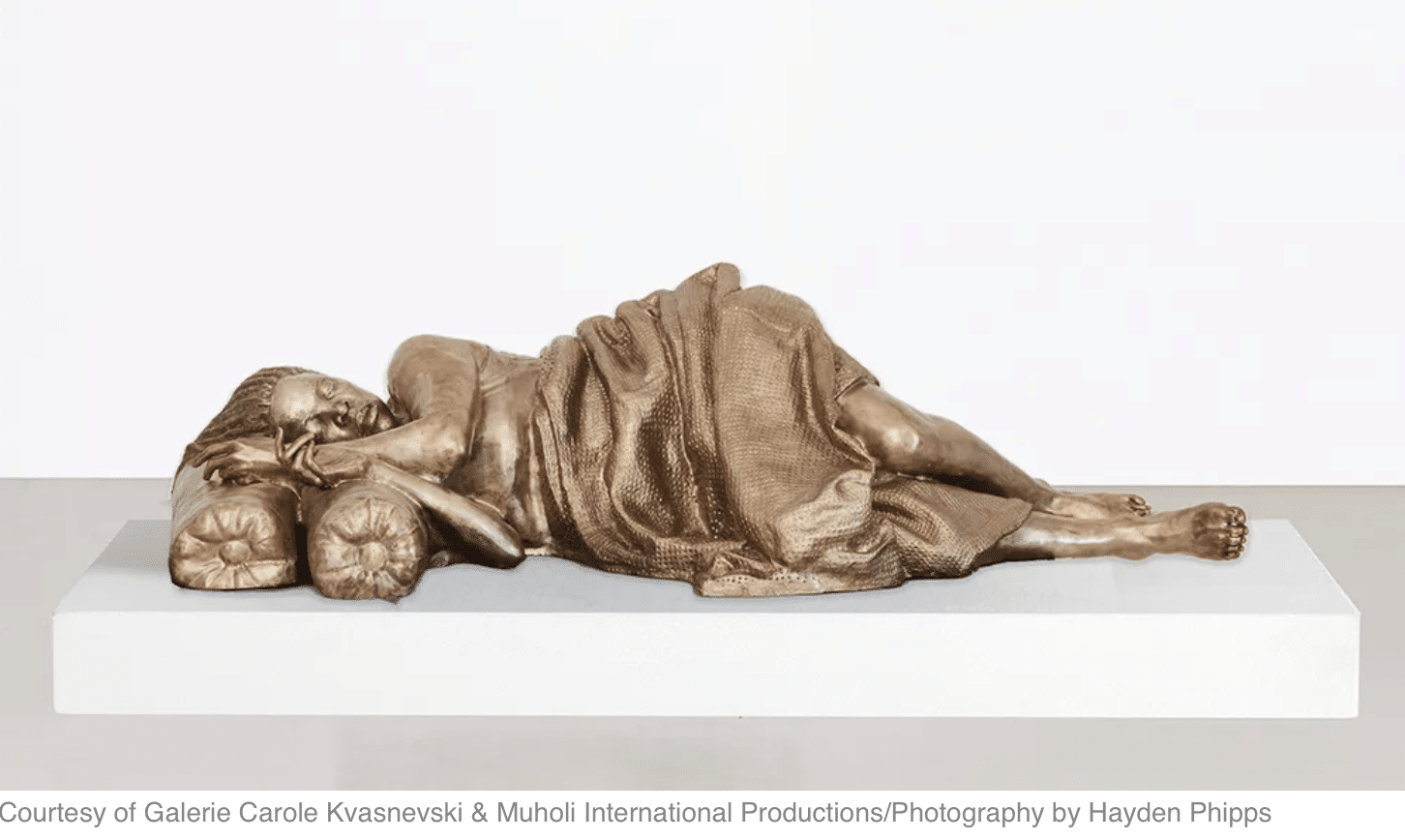
Paris’s Art Scene Is Buzzing With New Energy. Here Are the Must-See Shows This Fall.
The city of Degas, Cassatt, and Toulouse-Lautrec is humming once again with can’t-miss art.
In the annals of art history, Paris has long served as the hallowed repository of a prodigious artistic legacy. Its storied past resonates with the echoes of luminaries who once wielded their brushes and chisels in its sun-drenched ateliers. However, in the twilight of the 20th century, the City of Light witnessed a subtle shift in its artistic trajectory. The dreams of budding Manets and Picassos, once nurtured on its cobbled streets, began to drift across the Atlantic, finding new homes in the cultural epicenters of New York, Los Angeles, London, and Berlin. In tandem, collectors, like intrepid voyagers in pursuit of a new horizon, charted courses to distant shores. Paris, for a time, seemed to recede into the shadow of its own illustrious past.
Yet, as the winds of change swept across Europe, propelled by Brexit’s tumultuous aftermath and a resurgent wave of affluence coursing through France, Paris experienced a remarkable renaissance. The glistening galleries of the Right Bank’s Avenue Matignon and the labyrinthine lanes of Le Marais found themselves inundated by an influx of international art establishments. Private art foundations, bolstered by the largesse of luxury titans, adroitly stepped into the void left by receding state-funded institutions.
François Pinault, the billionaire connoisseur, unveiled the Bourse de Commerce, a veritable temple of edgy contemporary art, poised just a stone’s throw from the venerable Louvre. Fondation Cartier, not to be outdone, contemplated relocating from its Left Bank abode to the capacious Louvre des Antiquaires. Meanwhile, Fondation Louis Vuitton, nestled discreetly in the verdant enclaves of the Bois de Boulogne, transformed into a cultural oasis, captivating audiences with its beguiling exhibitions, such as the enthralling Warhol x Basquiat: Painting Four Hands. Established maestros, recognizing the city’s newfound allure, set up their studios within its precincts, while emerging talents sought refuge on its outskirts, eschewing the allure of more budget-friendly locales.
This reinvigorated Paris pulsates with an infectious vitality, a fact not lost on the discerning organizers of Art Basel. Last year, they introduced Paris+ par Art Basel within the Grand Palais Éphémère, seizing upon a golden opportunity. Clément Delépine, the director of Paris+, elucidates, “The concept was not merely an expansion geographically but rather a reinvention—a transformative endeavor transcending the bounds of a conventional art fair. It was envisioned as a true cultural catalyst, bridging disparate creative realms, from fashion to cinema, music, and design.” Within the realm of fashion, Paris+ promises to illuminate artists who employ garments as their canvas or designers who view their creations as veritable works of art.
Admittedly, the Grand Palais, conceived as a temporary structure for the 1900 Universal Exposition, imposes certain constraints, accommodating a modest 154 booths, in stark contrast to Art Basel Miami Beach’s sprawling 292. Yet, the size of these booths belies France’s burgeoning stature as an art market. As Delépine asserts, “Over 50 percent of the art transactions in the European Union happen in France.”
Paris possesses an intangible “je ne sais quoi” that compensates for such logistical inconveniences, drawing collectors from far-flung corners of the globe. Mariane Ibrahim, a gallerist who inaugurated her gallery on Avenue Matignon in 2021, attests to this magnetic pull. She remarks, “We encounter individuals we might not typically engage within Chicago. Many Americans—and, I take no offense—prefer Paris to Chicago, and therein lies the foundation upon which we shall cultivate enduring relationships.”
The ardor for contemporary art has infiltrated even the most revered precincts of the city’s cultural tapestry. During the tenure of Paris+, the Panthéon, a majestic 18th-century mausoleum housing the luminous legacies of Victor Hugo, Marie Curie, and other national icons, shall welcome Raphaël Barontini. He shall become the first artist of African descent to grace its hallowed halls with an installation entitled “We Could Be Heroes,” a poignant exploration of those conspicuously omitted from this revered monument. Mariane Ibrahim, Barontini’s gallerist, elucidates that the work endeavors to “reconnect with illustrious figures from the West Indies who valiantly fought against slavery, yet remain unacknowledged in military annals.”
Even the august precincts of the Louvre, the quintessential repository of global heritage, embark upon a journey of renewal. While contemporary exhibitions are not the Louvre’s primary purview, it boasts the presence of polymath scholar Donatien Grau, who presides over contemporary programs. Grau has curated a roster of interventions, inviting modern-day creators to engage with the venerable past. Elizabeth Peyton and Kader Attia, both inspired by the Louvre’s treasures, will inaugurate Les Hôtes du Louvre this autumn, establishing studios within the museum and collaborating with its staff on multifarious projects over the course of 18 months. In early 2024, the acclaimed Belgian artist Luc Tuymans shall embark on an unconventional residency, gracing a Louvre rotunda with his artistic vision. As Grau elucidates, “The works shall be displayed for a year and a month, thereafter veiled to become an indelible part of the museum’s archaeological narrative.”
Delépine perceives this metamorphosis in the City of Light as generational, emblematic of younger cohorts who view France’s place in the world through a more modest lens—a shift extending beyond art and into the fabric of daily life. Delépine reflects, “I recall Paris in the late ’90s, an enigmatic and somewhat inhospitable enclave. For a vegan in Paris in 2001, it was an absolute ordeal. Today, the city has shed some of its resistance, although English-only speakers may still encounter the occasional linguistic hurdle, albeit in a markedly less confrontational manner.” Delépine smiles, capturing the essence of a Paris that embraces its ever-evolving identity.
Source: https://robbreport.com
Contact Paris Property Group to learn more about buying or selling property in Paris.


